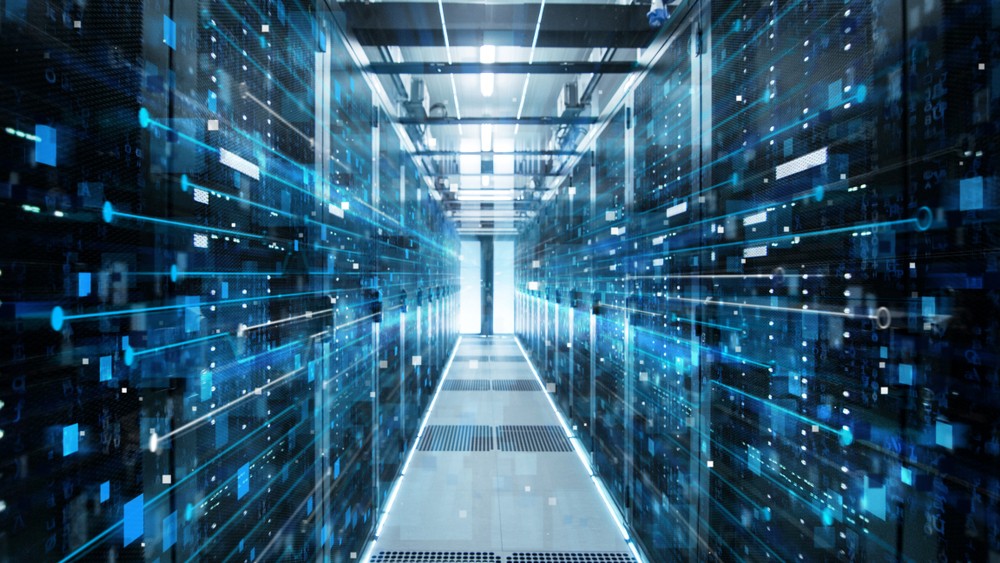Put simply, a digital twin is a digital representation of a physical system or object. It has the ability to be studied, altered and trialled to assess the impact of changes to its real-life counterpart. This means ideas can be safely tested in the digital realm before they’re introduced into the real world; offering a steep reduction in risk.
For over fifty years, the concept of the digital twin has demonstrated its capabilities across a number of industries, from aeronautics to healthcare. Now, its adoption within the data center industry is accelerating, as it empowers design and operations teams to establish the best possible configuration of their data centers to maximise space and energy efficiency. But before we take a deeper look into the technology’s modern uses, let’s reexamine the inception of the digital twin.
An Idea Transformed to Reality
The concept of the digital twin is commonly thought to have been developed in 2002, when the term was publically introduced by Dr. Michael Grieves of the Florida Institute of Technology. However, the origins of the approach actually date back to the 1960s. At this early point in time, NASA engineers used basic digital twinning ideas for space programming. They physically duplicated systems that were in space with replicas on Earth. This allowed them to understand how problems, such as those faced on Apollo 13, could be rectified from afar.
In today’s world, it’s not only NASA who’s embracing digital twins. The life cycle management methodology is also being used in healthcare, to predict how a patient will respond to a procedure, as well as in urban planning to model cities and the data chains within them. Not to mention within the data center industry.
Managing Challenges and Future-Proofing Modern Data Centers
Within the context of data centers, digital twins provide the extra layer of visibility that stakeholders need to optimise asset performance and utilisation, while minimising the chance of an outage.
For example, a frequent challenge facing operators is the deployment of high-density racks. Without a digital twin available, engineers often find themselves relying on spreadsheets, experience and human judgement to accommodate these loads. This approach will be time consuming, resulting in project delays and increased costs. By contrast, with a digital twin in place, IT and Facilities teams can collaborate to understand the consequences of deployment and reduce risk. This can happen while procurement is still negotiating prices with the vendor, enabling those involved to work collaboratively towards an effective solution.
This combination of visibility and collaboration is key to controlling project costs and preventing unintended, but significant impacts, including data center outages. In fact, an independent report commissioned by Future Facilities found that businesses using a digital twin were three times less likely to experience a data center outage over 12 months than their counterparts who had not implemented the technology. This is because the digital twins’ built-in Computational Fluid Dynamics (CFD) engine identifies problems that could arise from new deployments - for instance around airflow and temperature distribution - before they have a chance to develop in the real-world.
The Role of the Digital Twin Towards a Sustainable Future
The capabilities unlocked by the digital twin can also play a role in tackling high-level challenges, such as our transition to a more sustainable economy.
This is vital as, across the globe, environmental concerns are now at an all-time high. Research has demonstrated that we must get a grip on climate change otherwise the next generation will face a lifetime of irreversible damage. In recognition of this, President Biden has laid out the American Jobs Plan which promises clean infrastructure, while the UK government has established a Ten Point Plan for a Green Industrial Revolution. The data center industry must also evolve to create a more efficient and sustainable world, particularly as demand continues to grow thanks to everything from accelerating data accumulation, application complexity and on-demand streaming applications, like Amazon Prime and Apple Music.
These services utilise significant amounts of energy to ensure data flows continuously. At present, the industry cannot support the current levels of energy consumption required by these facilities without using sources that are detrimental to our carbon footprint. This will need to change if the ICT industry is to reduce greenhouse gas (GHG) emissions by 45 percent from 2020 to 2030, in compliance with the Paris Agreement.
In order to achieve and exceed these goals, operators must rethink their capacity planning to ensure that their facility is as energy efficient as possible. By using the digital twin, they can ensure that the data center is maximising use of its available capacity meaning they can delay or even abandon plans to build the next one. It can allow power-hungry cooling systems to be adjusted to more sustainable levels, and support the safe introduction of more efficient server configurations.
Taking greater control of the facility can lead to significant, long term strategic and environmental outcomes. As the business benefits from a more robust infrastructure, it can simultaneously reduce its overall carbon footprint, propelling the organisation closer towards meeting its Sustainable Development Goals (SDGs).
The Potential Unlocked by the Digital Twin There are no quick wins in tackling climate change, but, with the European Commission’s goal of reducing greenhouse gas emissions by 40 percent by 2030, businesses must begin to take meaningful steps in the right direction. The data center industry has a significant opportunity to contribute to the path towards a more environmentally friendly future - and the capabilities offered by the digital twin will deliver a safer, more predictable means to do this. Harnessing this technology will facilitate innovations in sustainability, just as it enabled NASA to push the boundaries of space travel almost half a century ago.




